You may soon be able to wave your hands or draw with a stylus in mid-air with these gestures then controlling everything from your Mac to an office whiteboard, thanks to radar.
A new Apple patent could radically change how you interact with your devices and usher in new ways to control them. By using radar transmitters and receivers
Physical tracking systems, like the trackpad on a Mac or iPhone's screen, have limitations. If you've ever attempted to use an iPhone while wearing gloves, you've likely experienced this yourself.
When you slide your finger across your iPhone screen or the trackpad on your Mac, an array of electrical sensors measures your finger position and pressure. Unfortunately, these sensors can't detect your fingers if they're encased in warm gloves.
A device's accuracy relies on the number of sensors in it. The more electronic circuits there are on the surface of an iPhone, the more accurate it is to the touch.
More sensors equals more accuracy, but adding sensors leads to more challenging and costly manufacturing, and at a certain point, there is no room for more sensing circuits.
If you've ever used a touch-screen device that seems to react slowly or only when pressed in very specific spots, you've seen what happens when only a few sensor points are used.
Improving touch screens
ATMs and self-checkout systems are typical examples of how frustrating it can be when a device has few sensors. Getting these screens to accept your touch often requires a lot of blunt force and guesswork about where exactly to push to make a selection.
Apple's new technology would solve these problems using a small array of radar transmitters and receivers to track fingers or other objects with extreme precision.
In Apple's patent, an array of radar units embedded in the case of a laptop or other device would provide pinpoint accuracy without needing any touch sensors. This system would provide more accuracy and open new ways of interacting with your devices.
The patent shows a stylus held above a laptop trackpad and a series of radar transmitters and receivers embedded in the case tracking the movement of the virtual pen. It also shows the technology being used with a whiteboard, which means Apple has more general plans for the technology than just devices.
Controlling a laptop with a stylus is an excellent example of how this technology could simplify the design of new uses.
With current technology, recognizing a stylus on a trackpad would require specific circuitry in the trackpad and the stylus. This new radar system would eliminate the need to embed these new sensors in the laptop and the Pencil.
While the patent doesn't depict the use of a VR/AR system like the Apple Vision Pro, using the integrated technology in this patent could allow for more accurate hand tracking, improving the experience of interacting with the world.
The patent was credited to Michael Kerner, who has more than 20 years of successful patent applications in the design and manufacturing of radio-based tracking systems.
 David Schloss
David Schloss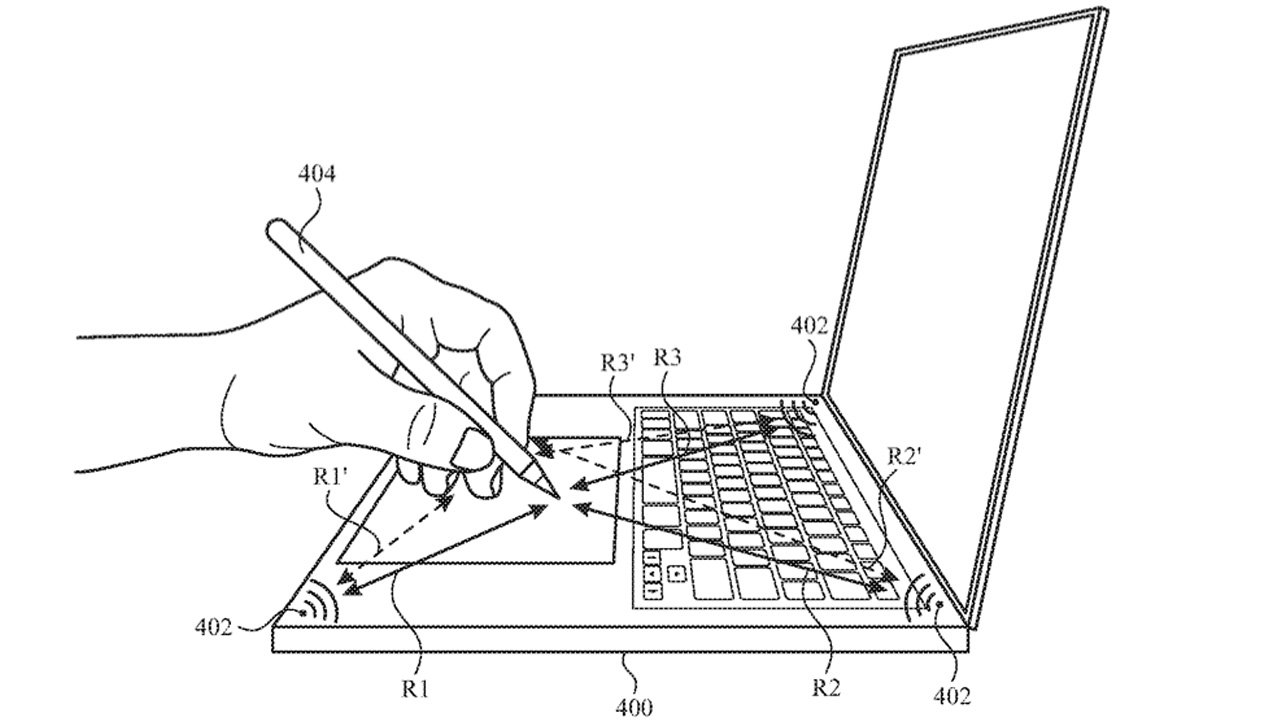
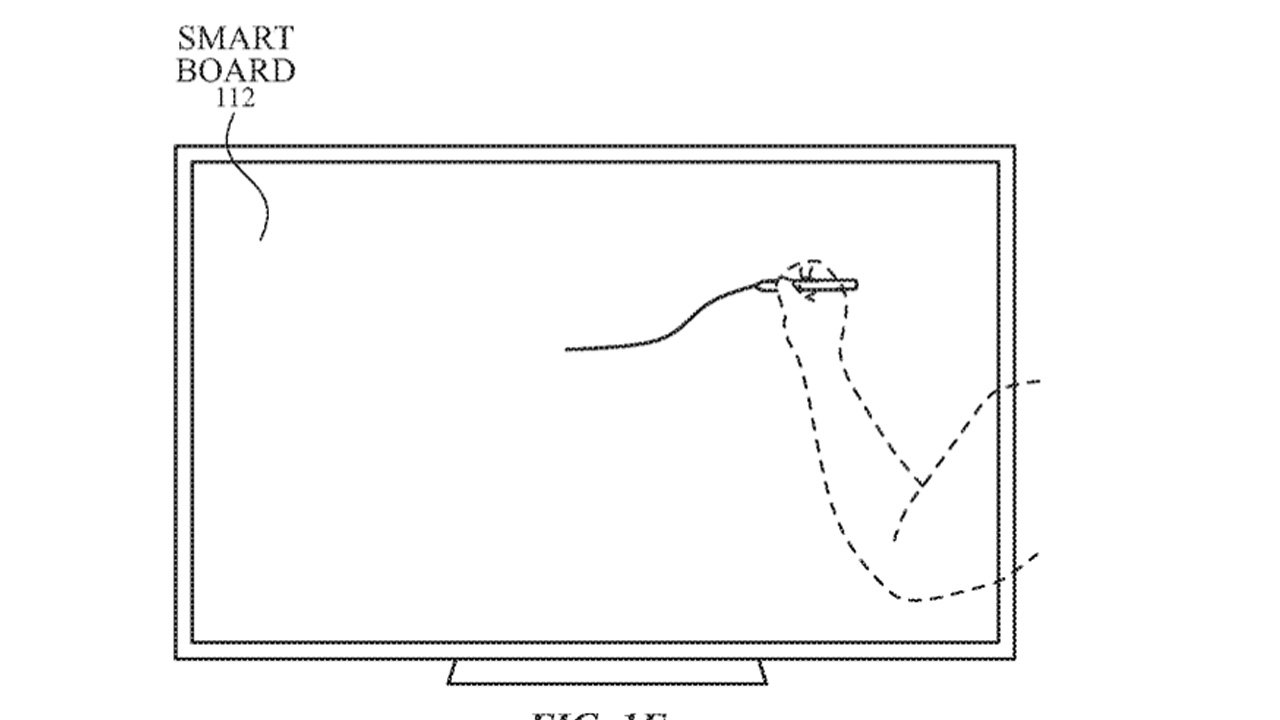
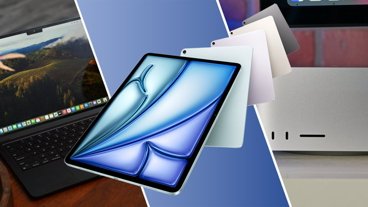

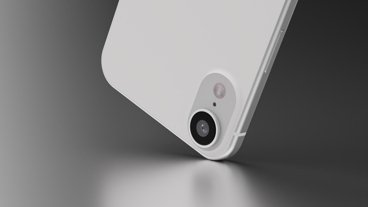
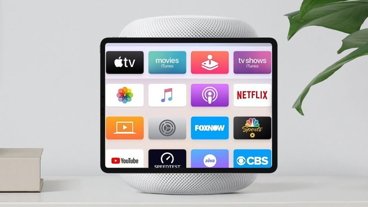
-m.jpg)


-m.jpg)





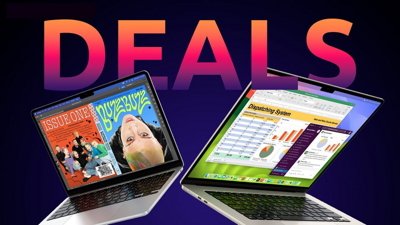
 Christine McKee
Christine McKee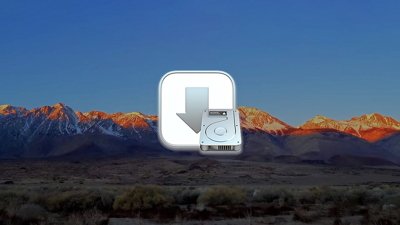
 Chip Loder
Chip Loder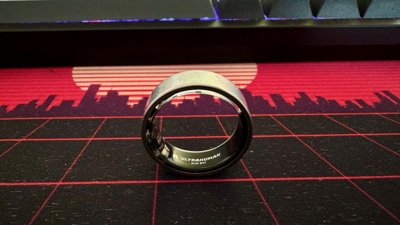
 Oliver Haslam
Oliver Haslam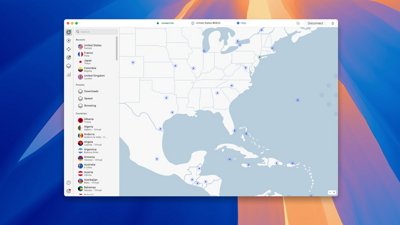
 Malcolm Owen
Malcolm Owen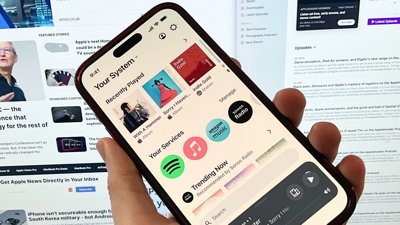
 William Gallagher
William Gallagher
 Amber Neely
Amber Neely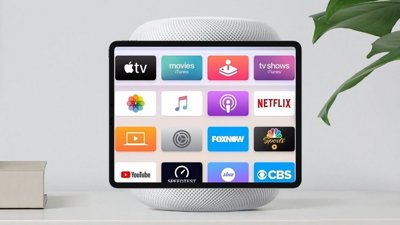
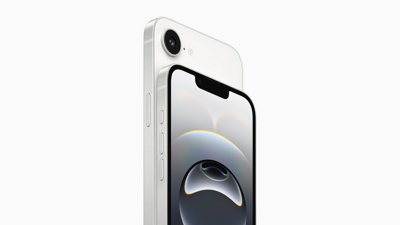
 Andrew Orr
Andrew Orr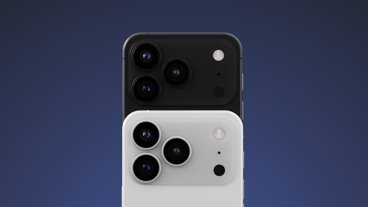


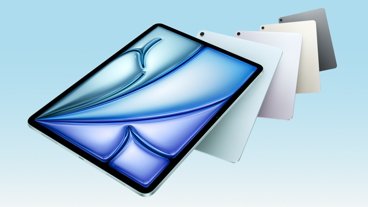
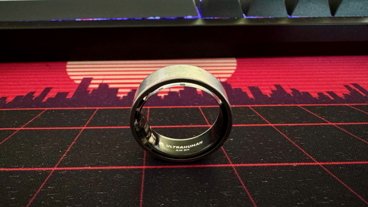


6 Comments
Ala'Google's Soli? They use it in the second-gen Nest Hub ( and I think another product or two), where it can even detect micro-movements in nighttime breathing patterns and other sleep stats. It would probably be a very reliable and precise gesture sensing/control method for Apple's Vision Pro.